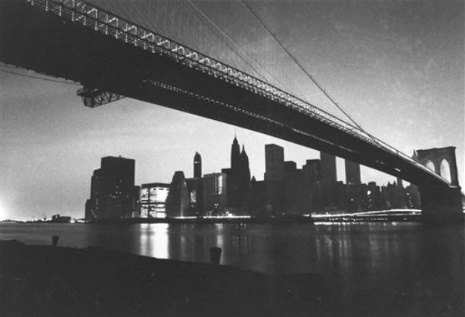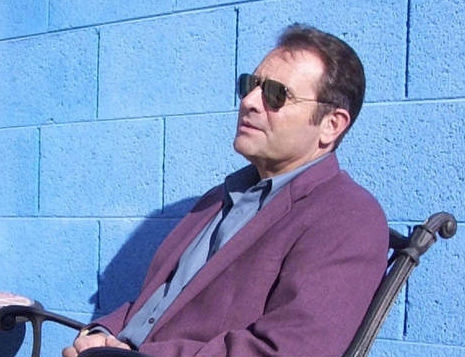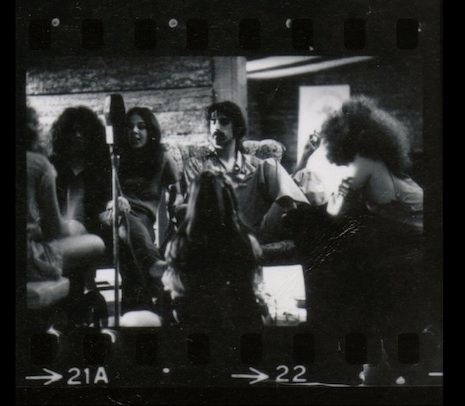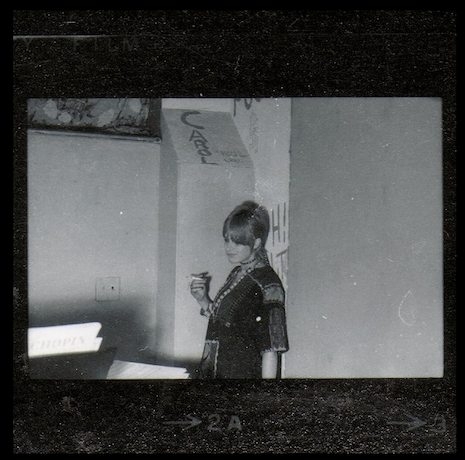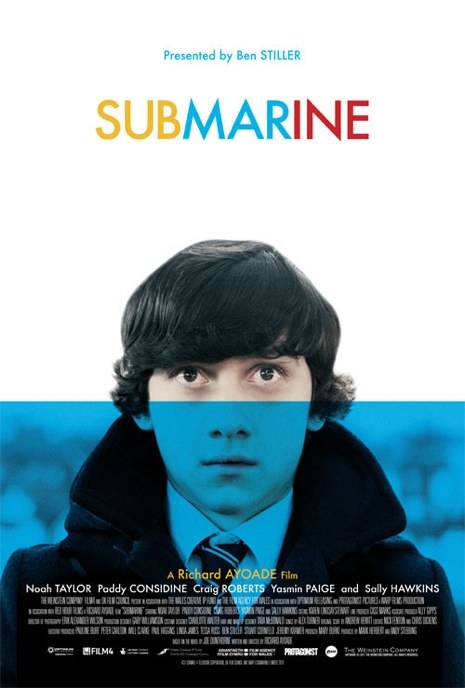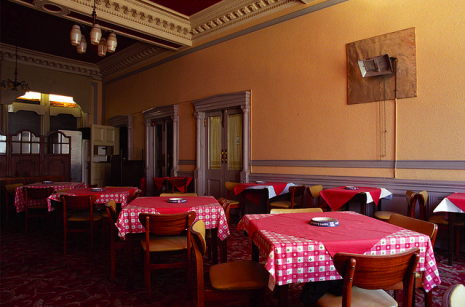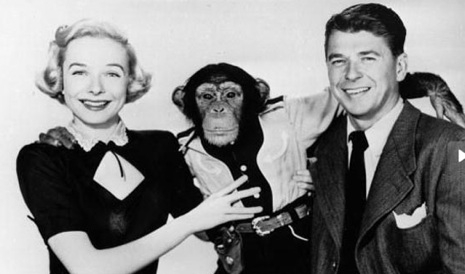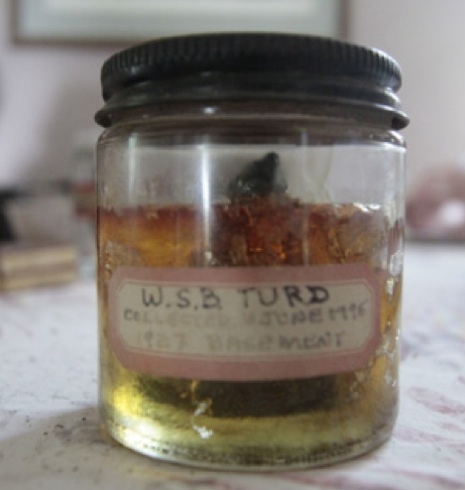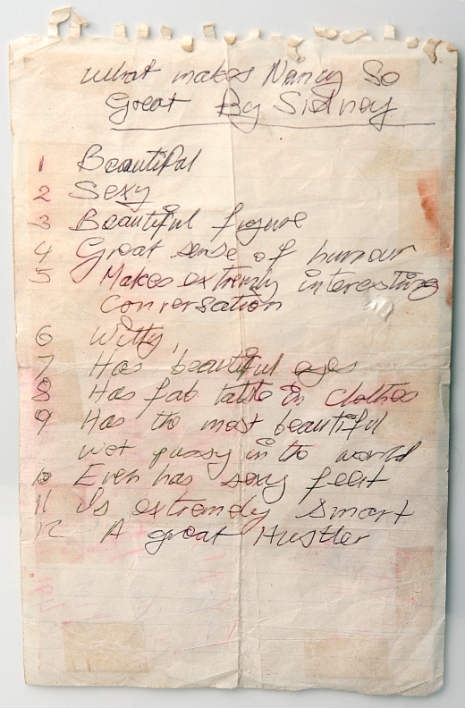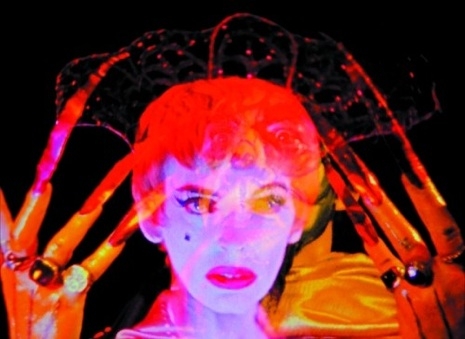
In 1984 the British government drew up a list of 72 films which it deemed so reprehensible that they should be banned. Anyone found in possession of a copy, or actively distributing one of the films, could face a prison sentence. This was in the very early days of video, when distribution of movies on VHS was unregulated, and the new medium could be found in almost every small local corner shop. This is the story covered by the fantastic documentary Video Nasties: Moral Panic, Censorship and Videotape by British horror director Jake West, which was released late last year in the UK.
More than just a look at the films that were banned by the UK Government in 1984, it’s an examination of the political climate of the era, and the moral panic whipped up by national newspapers, busy looking for an easy scapegoat for society’s problems (and probably a bit worried that their own medium was under threat). The most fascinating part, for me, are the interviews with the dubious, so-called “moral leaders” that decided the public couldn’t handle this type of thing in the first place. A quarter of a century later and society has relegated them to a status of mockery, yet they still cling dearly to the notion that they were doing something right and protecting stupid people from themselves, not just furthering their own mealy-mouthed careers. Sociopathic politicians aren’t just a new phenomena, you know.
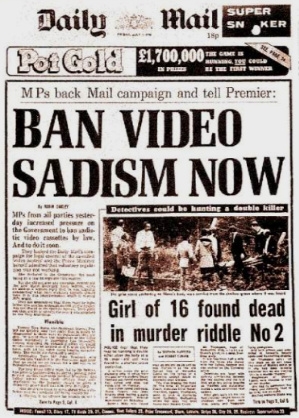
Interestingly, one of the prime movers in the the banning of these films was a man called Peter Kruger, who was the head of Scotland Yard’s Obscene Publications Unit. It may be just one huge coincidence, but almost a year later saw the release of Wes Craven’s A Nightmare On Elm Street, and the unleashing of one of the greatest horror characters of all time, Freddy Krueger. Was this Craven’s own F.U. to the British board of censors? Perhaps not, but it doesn’t take a wild leap of the imagination to draw this conclusion - Craven is a smart, politically aware man whose own Last House On The Left ended up on the list of 72 banned films.
The three-disc DVD set, called Video Nasties - the Definitive Guide, comes with the documentary itself, and split over a further two discs a guide to all 72 films on the list (almost half of which were unbanned at the time) with commentary from British horror critics like Kim Newman, Alan Jones and Stephen Thrower. It also comes lovingly packaged in a fake video cassette box with artwork by Graham Humphreys, who created the now iconic British sleeve for The Evil Dead (another banned film on the list). So far only available in the UK, for anyone with a multi-region DVD player the film can be found on Amazon.co.uk and comes highly recommended. This documentary is not just for horror buffs, it is for anyone with an interest in politics, culture, and how liberal ideals can be thwarted by a select, self-interested few.






